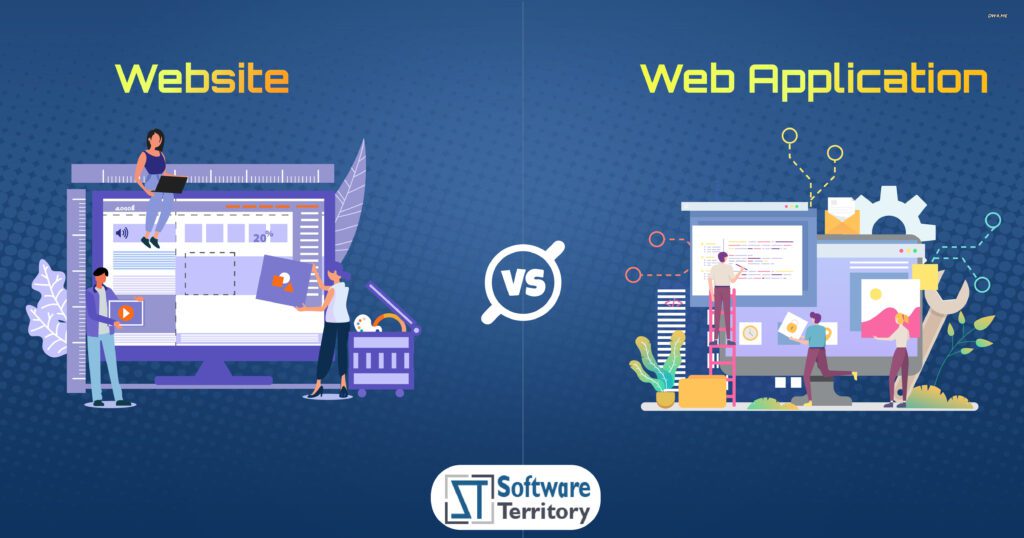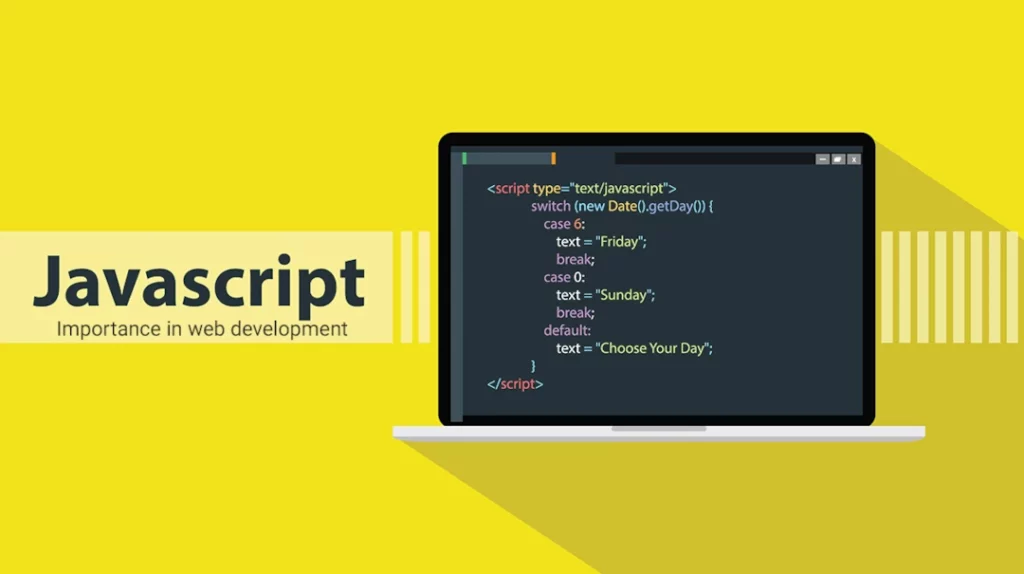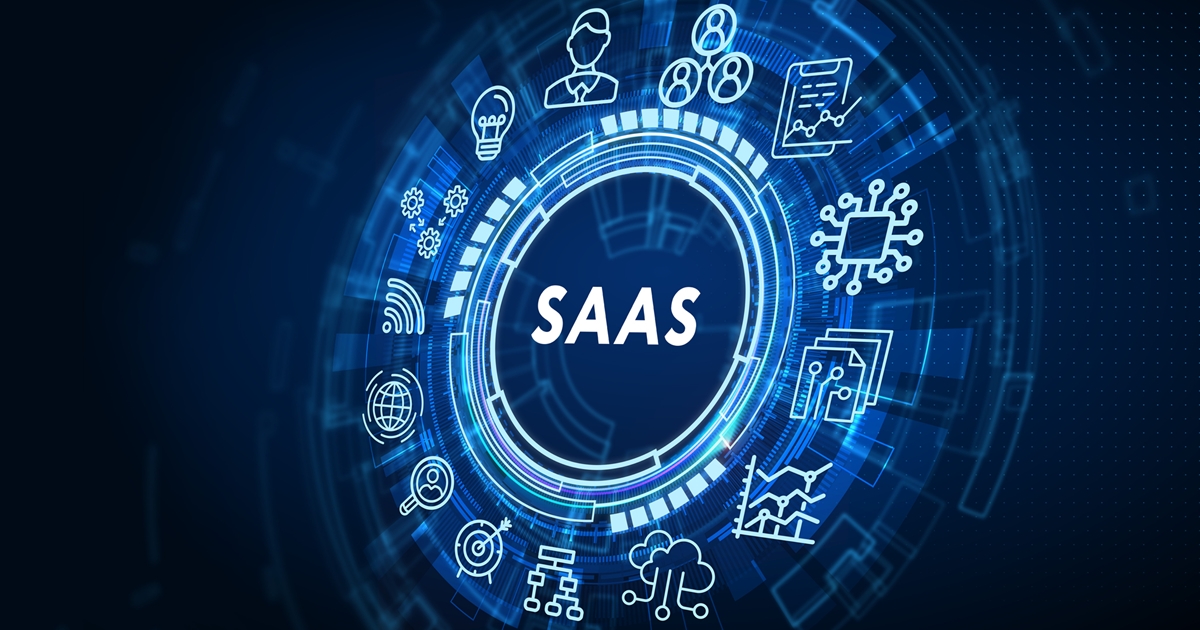Some people will understandably assume that everything that runs on a web browser is a “website”. But this is not the case. A web application, which is also accessible via a web browser, is very different from a traditional website. Websites used to be just a collection of web pages that provide information to users. However, things have changed. Desktop-like web applications are now all over the web. In fact, almost any desktop software can be developed as a web-based application. On a side note, the amount of time and effort it takes to build a website is obviously nowhere near what it takes to create a web application.

What is a website?
A website is a collection of publicly accessible, interlinked web pages that share a single domain name. The primary purpose for some websites is to present, share, or display information or content online.
Purposes of websites
An organization or individual may want to build and maintain a website for multiple reasons, such as the following:
- Present information about an organization or individual to a global audience.
- Showcase products and services
- Grow a business and brand
- Obtain credibility as the website can demonstrate achievements and goals.
- Collect donations from users
Types of websites
Websites can be broadly categorized into two: static or dynamic.
1. Static websites
A static website displays the same information to every user of the website. There are no dynamic data that change based on certain criteria; for example, no such thing as a logged in user’s username, or number of items on shopping cart of an e-commerce website. These websites can be built using simple programming languages such as HTML and CSS, and perhaps, some JavaScript. A static website will remain the same unless a developer goes into the code to manually change what users should see.
2. Dynamic websites
Dynamic websites can display different data to different users of the same website. Examples of dynamic websites include e-commerce sites like amazon.com and blogs. A dynamic website contains content that can change depending on factors like the current logged in user, the native language of the user’s country, the time of the day, the time zone, etc. Dynamic websites’ contents can change because they are not stored directly on the page. A developer is not required in order to make a change to most, if not all, of the contents on a dynamic website. The contents of dynamic site (text/images) are stored on a content management system (CMS) or a database. Dynamic websites can be built using web programming languages and concepts like AJAX, PHP, Python, ASP.Net, etc.
What is a web application?
A web application (or web app, for short) is a software usable on the internet. Unlike a desktop software, you don’t have to have access to a particular device in order to use a web-available software. A web application software can be used anywhere, on any device, so long as that device runs a web browser and has access to the internet. A good example of a web app accessible online is the online photo editor, photopea, which is a web-based photo and graphics editor. The desktop app alternative would be the Adobe Photoshop software, which you need to download and install on a device. Another good example is the Gmail email service freely provided by Google. There are examples all over the place nowadays. So, while websites provide a collection of information (in the form of texts, images, videos, documents, etc.) to users, web applications actually engage users.
Web apps are indeed unique because they are neither traditional websites nor deskop/mobile apps, but feature their benefits; that is, they are accessible anywhere via a web browser like websites and are actually software programs that engage users just like desktop/mobile apps.
Purposes/Benefits of web applications
There are severals reasons why an organization or business may want to opt for a web application, including the following:
1. Accessible anywhere
With web apps, customers can have access to the same services that they would if they were visiting a physical store, such as booking appointments and purchasing items. This is great for customers who do not live close to the phycical store, as they can still get access to all of the same information and services.
If a business is looking to expand into different markets or get their product or service out to a wider audience, a web application is a great way to achieve this. Web apps can be accessed from anywhere in the world and therefore allow people from any country to use the services that a business provides. This includes providing workplace access to a distributed workforce. Remote employees can use web apps to communicate and collaborate asynchronously.
2. Able to provide self-service capabilities (instead of customer service)
One very important benefit a web application has over a website is that they offer the potential to offer self-service products to customers. With a web app, customers are able to complete tasks that would otherwise require customer-service help. Let’s take an electric utility company, for example; many customers may have questions about their bills. While this service is something that most customers may need assistance with, it is also something that can be completed without any human interaction at all if they use the utility company’s web application to manage their bills. This is not possible with a standard website.
3. Increased flexibility and scalability
A company’s web presence must keep up with the business as it grows and changes, whether that is adding new locations or adjusting to meet efficiency demands, etc. Web-based applications allow for the easy addition of new features as well as integrations with other systems. Cloud servers enable you to increase computing capacity and storage as needed.
4. Streamlined business processes
Web-based applications make it easier to collaborate on projects and share data. Users are able to interact in the same environment since data is stored in the cloud. Web applications are particularly important for businesses that perform lots of data-driven tasks. With web applications, computing power is typically facilitated in the cloud, thereby reducing the need for onsite hardware.
5. Easier deployment and maintenance
With web applications, deployments and maintenance are less complicated. Once the web-based software is deployed on the host server, users can access it via a URL. Updates to web applications are applied through the host server without requiring each device to be updated individually. This is unlike mobile or desktop apps that require every user to download and install the update. With web apps, all users access the same version at all times.
Given that upgrades are performed only by experienced professionals to a single server, the results are more predictable and reliable. The system remains consistent.
6. Increased Security
With web-based applications, security is tighter as they are typically deployed on dedicated servers, which are monitored and maintained by experienced server administrators.
Summary
Hopefully, this article has cleared any doubt as to why websites are considered different from web applications.
The primary purpose of some websites is simply to present or share information or content online. Web applications, on the other hand, are very different. They are similar to desktop applications that engage users; they are actual software programs made accessible on the internet so that anyone from anywhere around the globe with access to any device connected to the internet can utilize the same web application. From the financial services industry to healthcare to telecommunications, etc., web applications can be integrated into just about any business operation to create better experiences for customers.
Software Territory designs, builds, and maintains various types of websites and web applications that our customers love. Our customer-centric approach and commitment to continuous discovery and delivery give our customers control over the scope of a project as it evolves.



